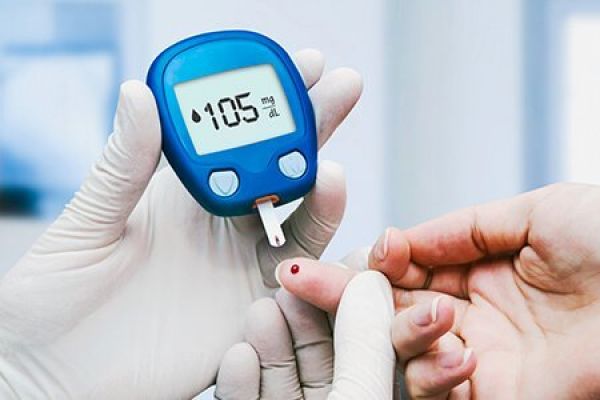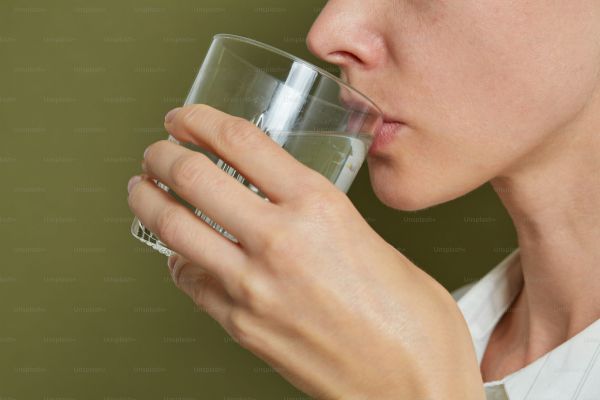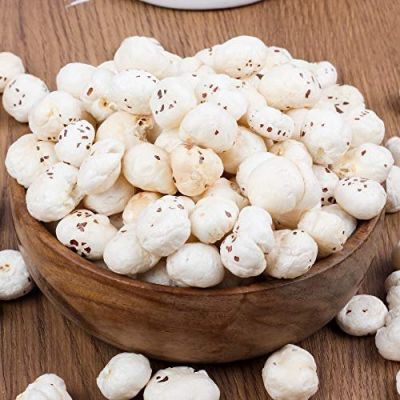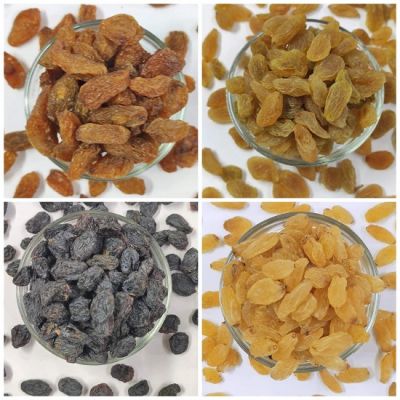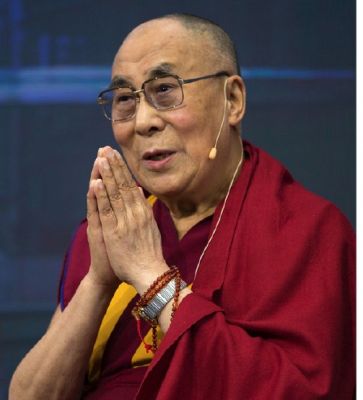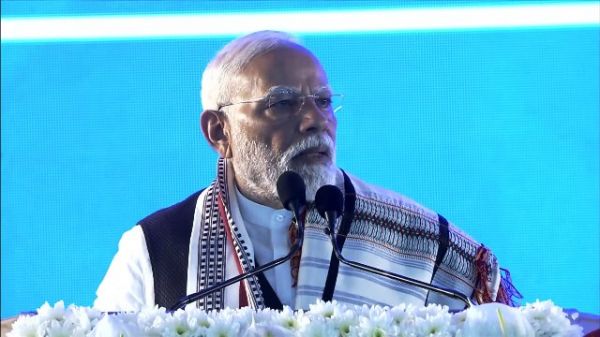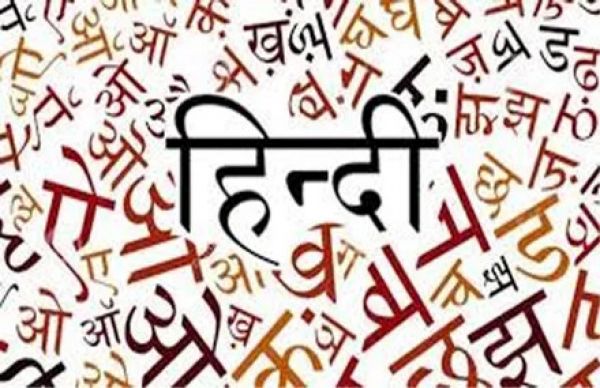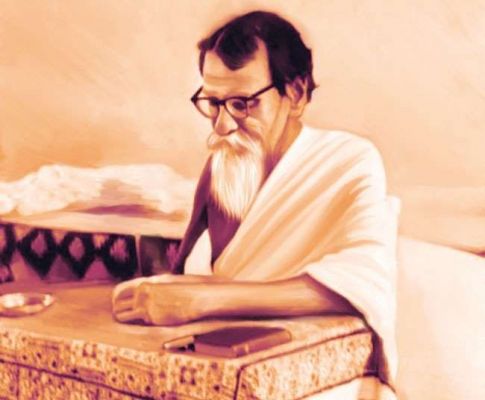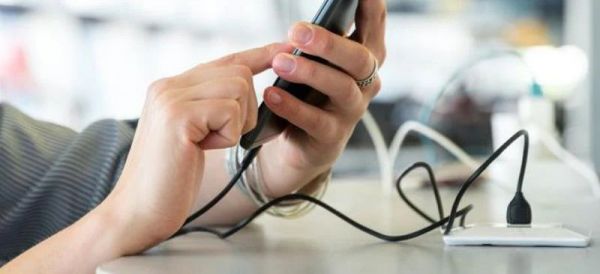After 30, without proper maintenance, bones, muscles and joints weaken and deteriorate. The age of 50 acts as a cutoff. After that, 50 per cent of men and women experience pain. It may be present occasionally or be constant and nagging, interfering with their daily activities. Incapacitating, long-lasting, daily pain is more likely if other lifestyle diseases, worries or depression are also present.
While doctors may be consulted for other diseases such as diabetes or hypertension, people often do not mention the pain they are suffering to their doctor and instead self-medicate. Some take simple anti-inflammatory agents. Others take stronger, habit-forming medications like opioids. Sometimes, as the pain interferes with sleep, they take unprescribed “sleeping pills”. Sometimes, they mix prescribed hypertension or heart failure medication with herbal, ayurvedic or Siddha pain medications. Many believe they can handle pain on their own without professional medical help.
Unless the underlying condition causing the pain is correctly diagnosed, medicines will only suppress the symptom. Eventually, more frequent and larger doses may be needed. All drugs have some side-effects and interactions. As the patient’s “doctor shop”, different doctors may inadvertently prescribe the same medicine or supplement under various trade names, resulting in side-effects and overdoses.
Sometimes the location of the pain is vague. It may be in the muscles and not in the joint itself. It may be in the bones. This can occur because of deficiencies of Vitamin D3 (lack of activity and exposure to sunlight) and low calcium, phosphorous or magnesium levels. Elevated uric acid levels and gout can cause excruciating joint pain in men. All these conditions have to be evaluated before self-diagnosing and self-medication.
Osteoarthritis — causing age-related wear and tear in the muscles, ligaments and joints — is the most common form of arthritis. It tends to run in families and can damage any of the joints. However, usually, the weight-bearing hips, knees and spine are affected. There may be pain, warmth, swelling or even a grating sensation. Once the damage has occurred, it cannot be reversed. However, it is possible to slow the progression of the disease and continue an active life.
Weight tends to creep up as we get older. As the gain is gradual, initially it is often imperceptible. Weigh yourself every month on the same day, wearing the same clothes. A deficit of 7,700 calories is needed to lose a kilo. A combination of exercise (aerobic) and weights works best. With a combination of today’s apps and smartwatches, it is possible to do this efficiently.
Bones, joints and ligaments have to be properly aligned. Damage and changes to bones and joints start around the age of 30. Prevention, with yoga sessions at least three times a week, has to start before this. Once the pain has set in, it is essential to get a medical evaluation and establish the diagnosis. Pain relief can often be obtained and sustained with external applications of painkilling ointments, heat and cold therapy, acupressure and physiotherapy. Invasive procedures, intra-articular injections of hyaluronic acid or steroids should be delayed as long as possible.
Badly damaged joints can be replaced surgically. Although prosthetic joints and the techniques employed have improved vastly, this should only be used as a last resort. Prior to as well as post surgery, strengthening physiotherapy needs to be rigorously done; otherwise, the area around the replaced joints may soon become just as incapacitating and painful.




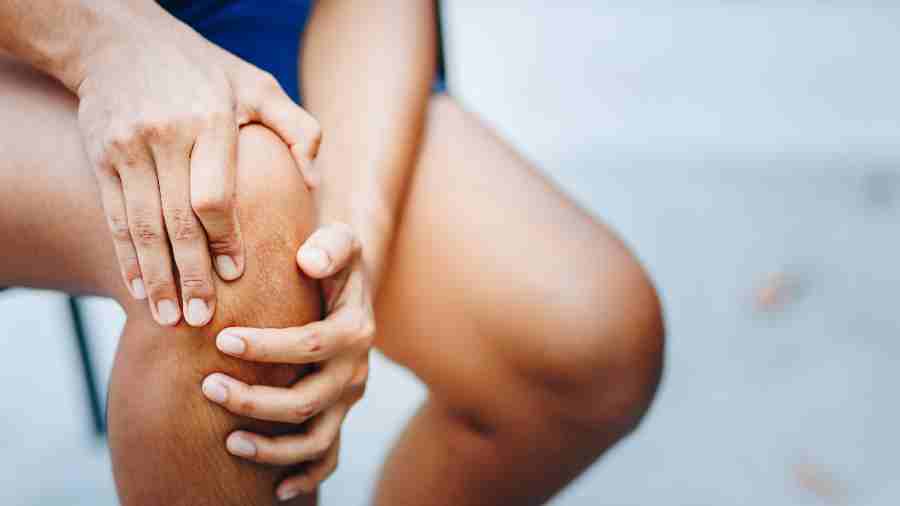
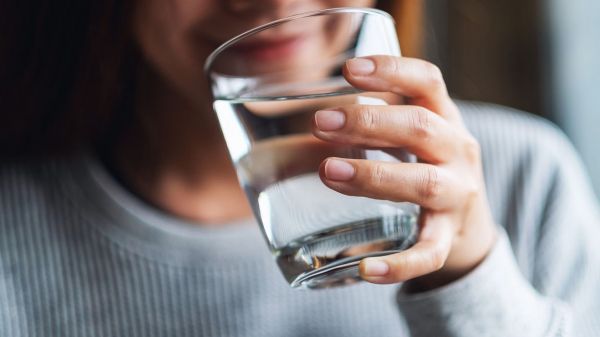
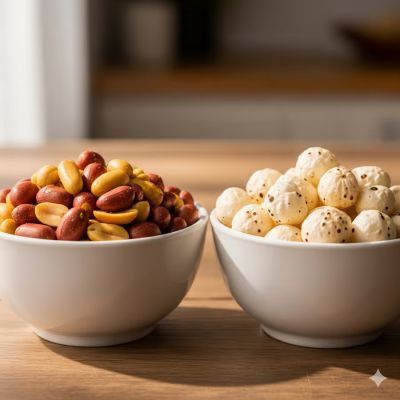
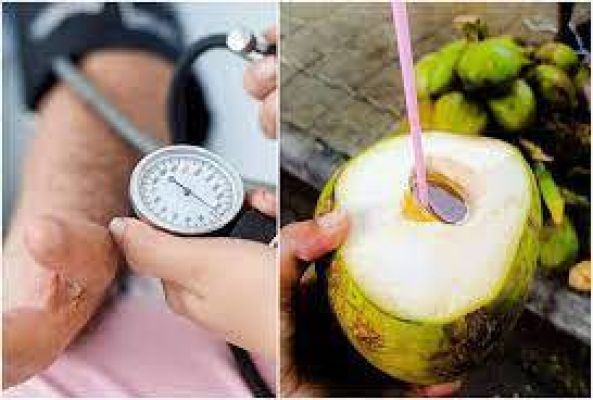
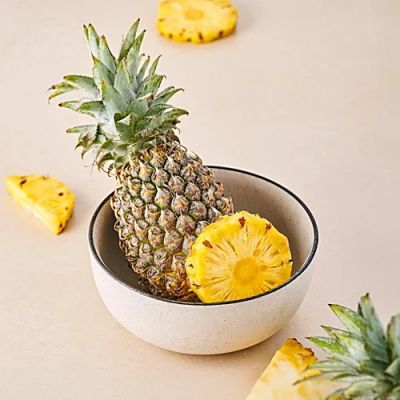

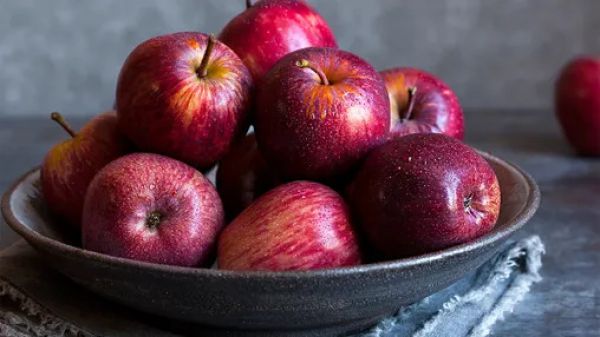
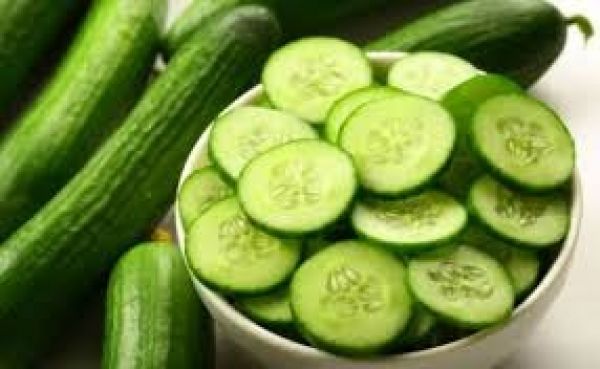
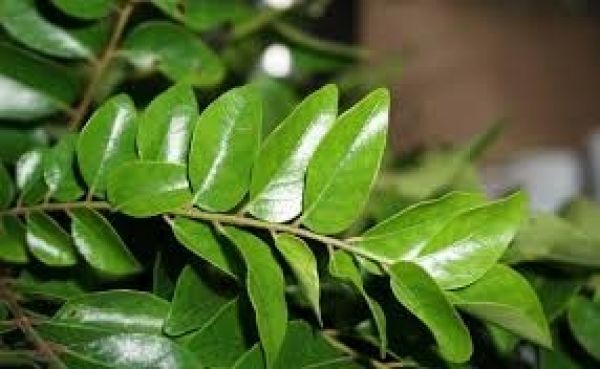
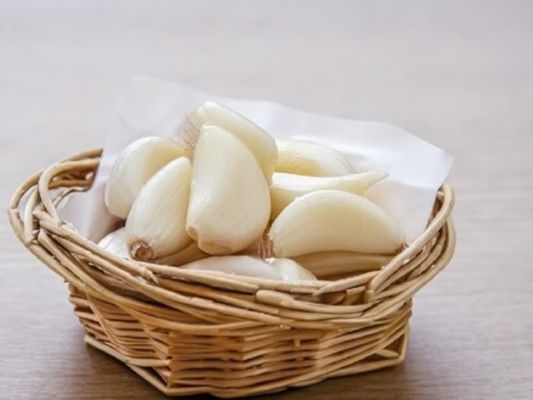
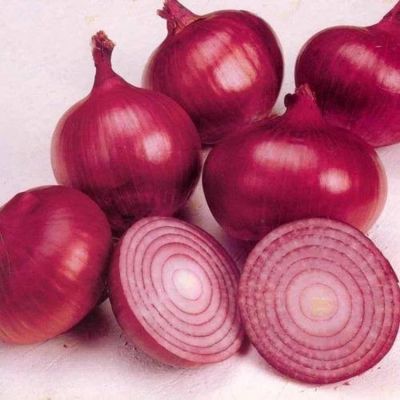
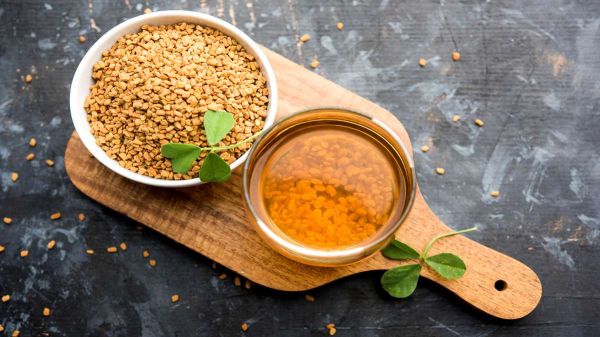
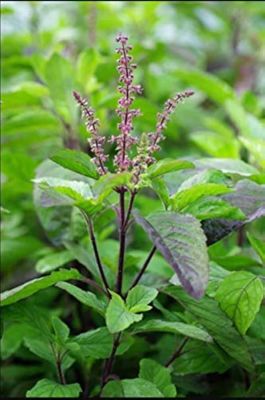
.jpg)

